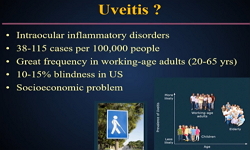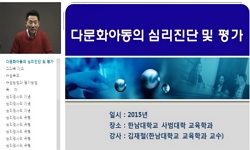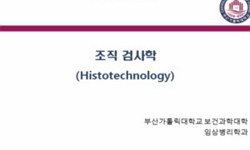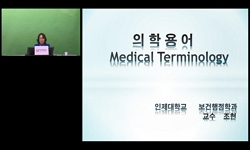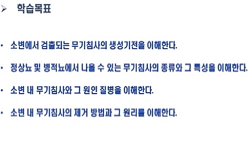BACKGROUND/OBJECTIVES: Accurate, early identification of acutely malnourished children has the potential to reduce related child morbidity and mortality. The current World Health Organisation (WHO) guidelines classify non-oedematous acute malnutrition...
http://chineseinput.net/에서 pinyin(병음)방식으로 중국어를 변환할 수 있습니다.
변환된 중국어를 복사하여 사용하시면 됩니다.
- 中文 을 입력하시려면 zhongwen을 입력하시고 space를누르시면됩니다.
- 北京 을 입력하시려면 beijing을 입력하시고 space를 누르시면 됩니다.



Performance of mid-upper arm circumference to diagnose acute malnutrition in a cross-sectional community-based sample of children aged 6-24 months in Niger
한글로보기https://www.riss.kr/link?id=A106261551
- 저자
- 발행기관
- 학술지명
- 권호사항
-
발행연도
2019
-
작성언어
English
- 주제어
-
등재정보
SCIE,SCOPUS,KCI등재
-
자료형태
학술저널
-
수록면
247-255(9쪽)
- 제공처
-
0
상세조회 -
0
다운로드
부가정보
다국어 초록 (Multilingual Abstract)
BACKGROUND/OBJECTIVES: Accurate, early identification of acutely malnourished children has the potential to reduce related child morbidity and mortality. The current World Health Organisation (WHO) guidelines classify non-oedematous acute malnutrition among children under five using Mid-Upper Arm Circumference (MUAC) or Weight-for-Height Z-score (WHZ). However, there is ongoing debate regarding the use of current MUAC cut-offs. This study investigates the diagnostic performance of MUAC to identify children aged 6-24 months with global (GAM) or severe acute malnutrition (SAM). SUBJECTS/METHODS: Cross-sectional, secondary data from a community sample of children aged 6-24 months in Niger were used for this study. Children with complete weight, height and MUAC data and without clinical oedema were included. Using WHO guidelines for GAM (WHZ < -2, MUAC < 12.5 cm) and SAM (WHZ < -3, MUAC < 11.5 cm), the sensitivity (Se), specificity (Sp), predictive values, Youden Index and Receiver Operating Characteristic (ROC) curves were calculated for MUAC when compared with the WHZ reference criterion. RESULTS: Of 1161 children, 23.3% were diagnosed with GAM using WHZ, and 4.4% with SAM. Using current WHO cut-offs, the Se of MUAC to identify GAM was greater than for SAM (79 vs. 57%), yet the Sp was lower (84 vs. 97%). From inspection of the ROC curve and Youden Index, Se and Sp were maximised for MUAC < 12.5 cm to identify GAM (Se 79%, Sp 84%), and MUAC < 12.0 cm to identify SAM (Se 88%, Sp 81%). CONCLUSIONS: The current MUAC cut-off to identify GAM should continue to be used, but when screening for SAM, a higher cut-off could improve case identification. Community screening for SAM could use MUAC < 12.0 cm followed by appropriate treatment based on either MUAC < 11.5 cm or WHZ < -3, as in current practice. While the practicalities of implementation must be considered, the higher SAM MUAC cut-off would maximise early case-finding of high-risk acutely malnourished children.
동일학술지(권/호) 다른 논문
-
- The Korean Nutrition Society
- Lee, Seul
- 2019
- SCIE,SCOPUS,KCI등재
-
Validity of the dietary reference intakes for determining energy requirements in older adults
- The Korean Nutrition Society
- Ndahimana, Didace
- 2019
- SCIE,SCOPUS,KCI등재
-
- The Korean Nutrition Society
- Yang, Hye Ran
- 2019
- SCIE,SCOPUS,KCI등재
-
- The Korean Nutrition Society
- Poda, Ghislain G.
- 2019
- SCIE,SCOPUS,KCI등재





 ScienceON
ScienceON